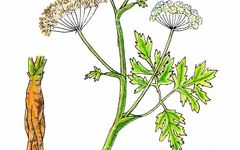“Angelica Sinensis” is a medicinal name first recorded in the Shennong Bencao Jing, classified as a medium-grade herb, and widely used in clinical practice, often referred to as “the herb that returns to the source.” It is primarily produced in provinces such as Gansu, Sichuan, and Yunnan in China.

Source
The herb is derived from the dried root of the plant Angelica sinensis (Oliv.) Diels, belonging to the Apiaceae family.
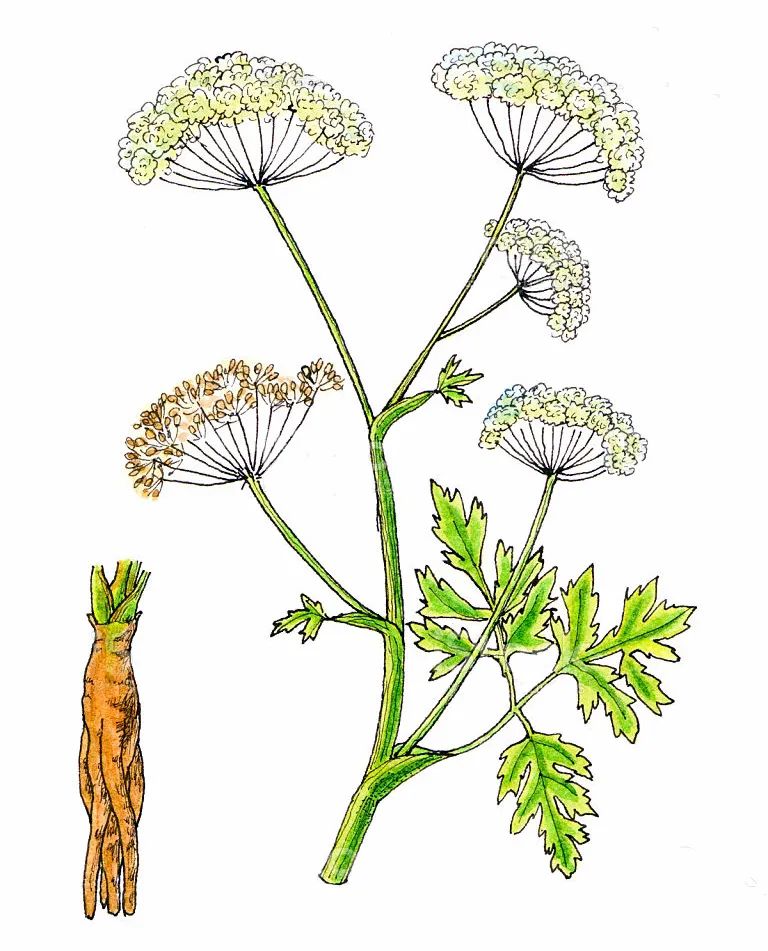
▲ Angelica Sinensis Plant (Image Source: Internet)
Aliases: Danggui, Gan Gui, Ma Wei Danggui, Qin Gui, Yun Gui, Xi Danggui, Min Danggui (Gansu), etc.

Explanation of Name
According to the Bencao Tushuo: “When the blood and qi are chaotic, taking it will stabilize them, allowing all blood to return to its proper meridian, hence the name ‘Danggui’.” This means that this herb can help the qi and blood return to their rightful places, thus named Danggui.
In the Bencao Gangmu: “Danggui regulates the blood and is an essential herb for women, as it embodies the longing for a husband, hence the name ‘Danggui’.” This indicates that Danggui is a crucial herb for women to regulate menstruation, named for the longing for a husband.

Danggui Medicinal Material
Danggui is referred to by different names based on its various parts: the top root is called “Gui Tou,” the middle main root is called “Gui Shen,” and the lower branch roots are called “Gui Wei.” Currently, Danggui slices in traditional Chinese medicine pharmacies are mostly made from whole Danggui.
Traditionally, it is believed that the best Danggui has a thick, long main root, is oily, has a yellow-white cross-section, is plump, and has a strong aroma; those that are dry, lack oil, or have a green-brown cross-section are not suitable for medicinal use.
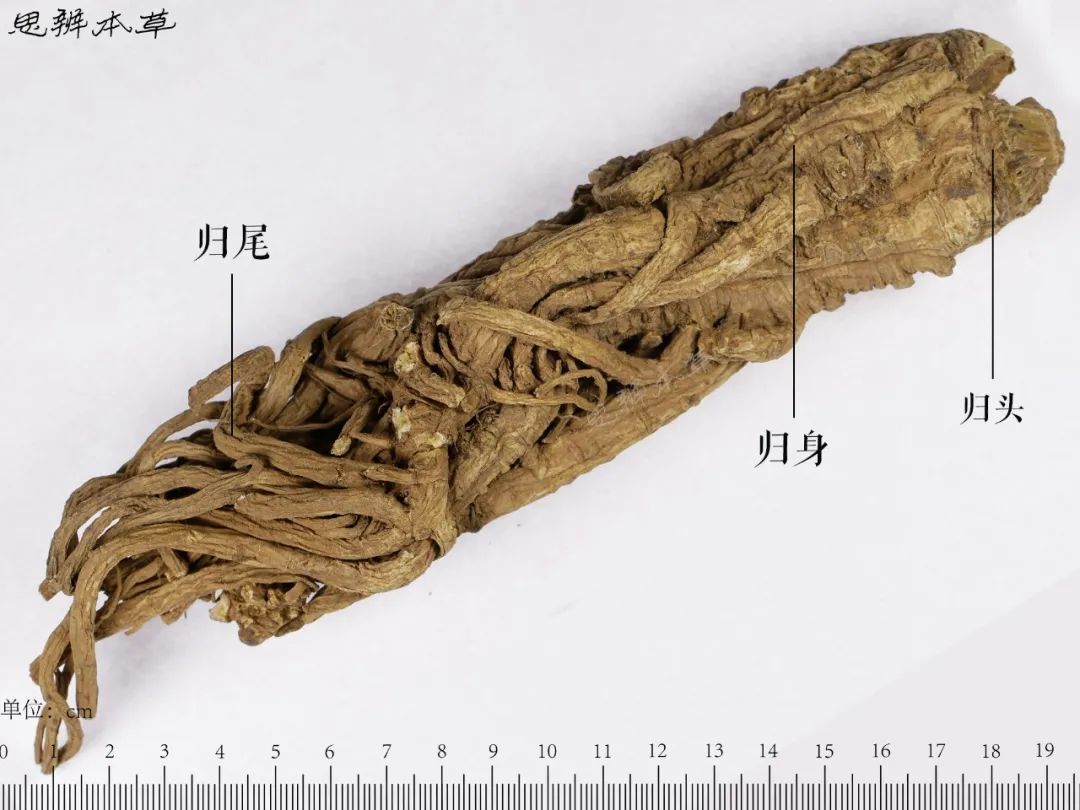
▲ Danggui Medicinal Material, Thick Long Main Root
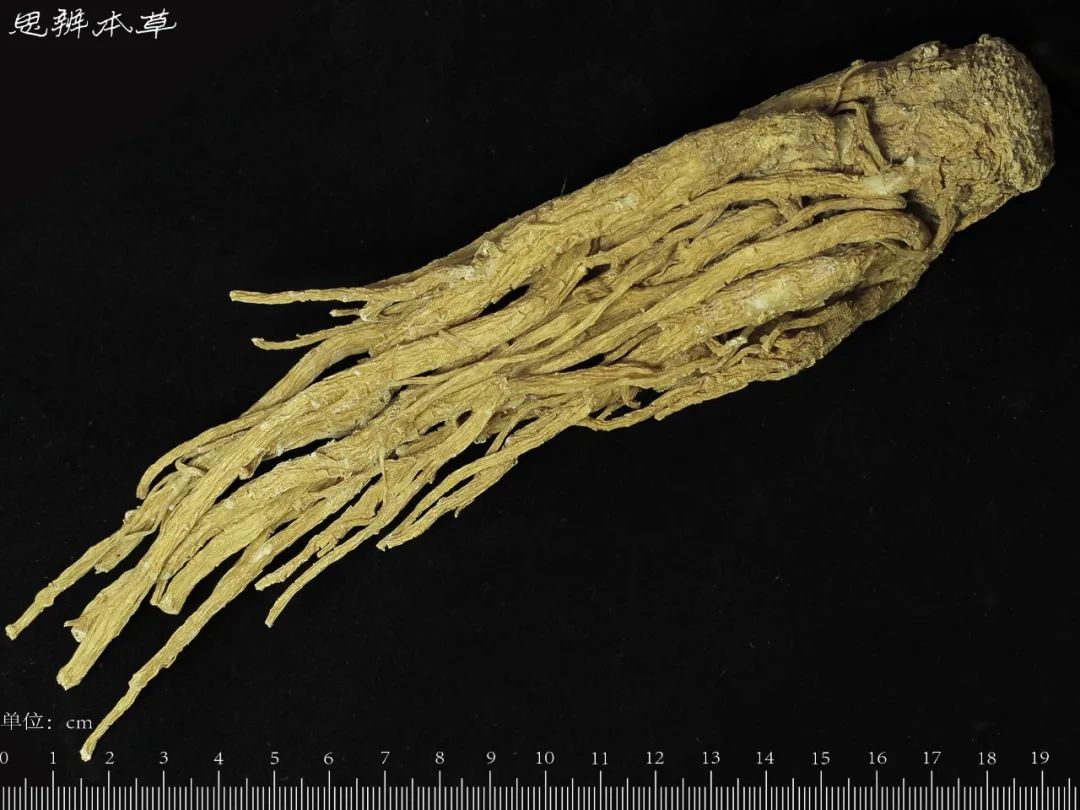
▲ Danggui Main Root, Short and Thick
(The lower branch roots are numerous and resemble a horse’s tail, and are of inferior quality compared to the thick long main root shown above)

Danggui Slices
Raw Danggui: Take the original medicinal material, remove impurities, wash clean, slice thinly, and dry in the sun or at low temperature.
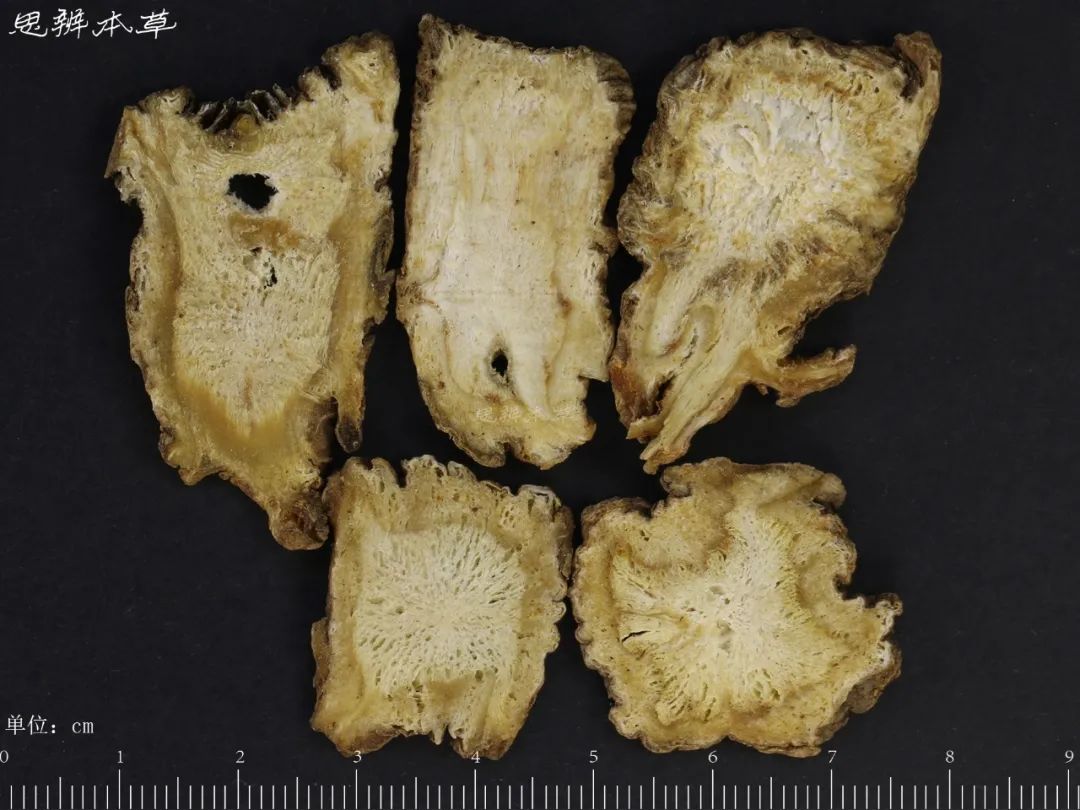
▲ Danggui Slices (Top and Main Slices)
Wine-Processed Danggui: Take clean Danggui slices, mix with yellow wine, steam thoroughly, place in a pot, and heat gently to dry, then remove and cool. For every 100 kg of Danggui slices, use 10 kg of yellow wine. Wine-processed Danggui enhances the blood-activating and menstrual-regulating effects, commonly used for amenorrhea, dysmenorrhea, rheumatic pain, and injuries.
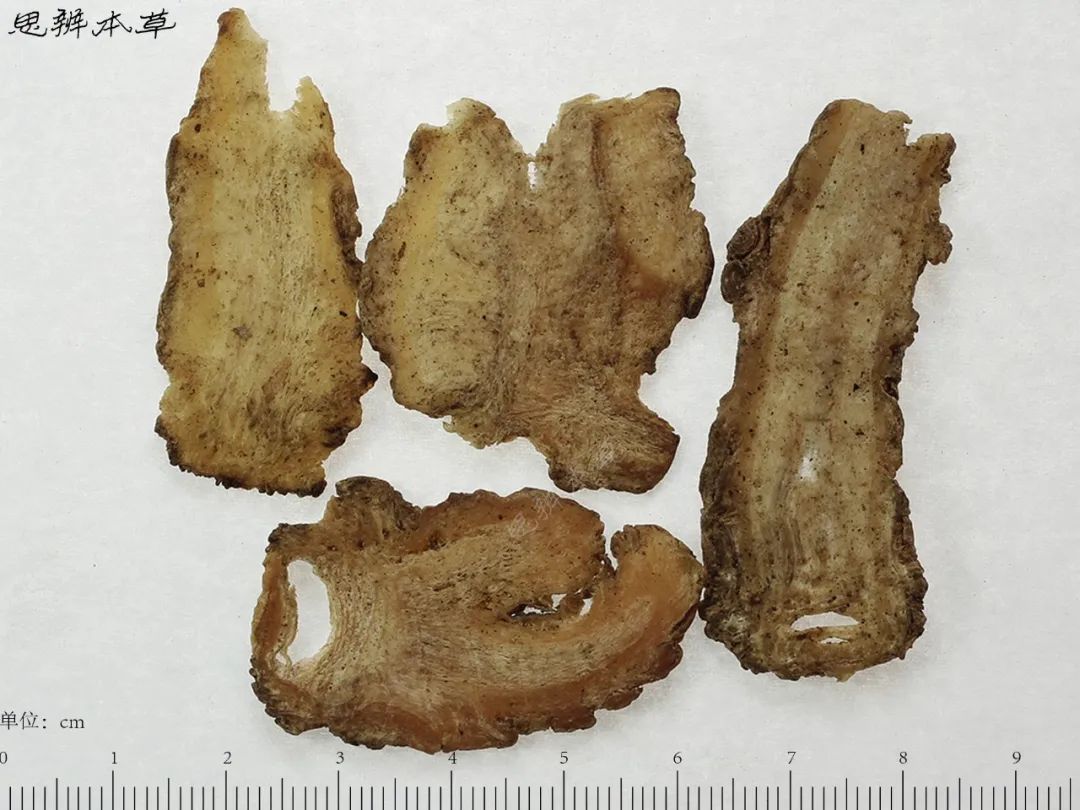
▲ Wine-Processed Danggui
Clinically, raw Danggui and wine-processed Danggui are the most commonly used; stir-fried Danggui, earth-fried Danggui, and Danggui charcoal are also seen. Stir-fried Danggui prevents diarrhea; earth-fried Danggui is suitable for treating blood deficiency with loose stools; Danggui charcoal astringes and stops bleeding, commonly used for blood dysentery and excessive menstrual bleeding.

Properties and Efficacy
Properties and Meridians: Sweet, pungent, warm; enters the liver, heart, and spleen meridians.
Efficacy: Nourishes blood, activates blood circulation, regulates menstruation, and relieves pain. It can treat symptoms caused by blood deficiency such as sallow complexion, dizziness, palpitations, forgetfulness, fatigue, and constipation; menstrual disorders and gynecological diseases caused by blood deficiency or blood stasis; abdominal pain due to deficiency-cold, injuries, painful sores, and rheumatic pain.
Traditionally, it is believed that to nourish blood, use Danggui Shen; to break blood stasis, use Danggui Wei; to harmonize blood, use Whole Danggui; to stop bleeding, use Danggui Charcoal; and wine processing enhances blood-activating functions.

Pharmacological Components
Danggui mainly contains volatile oils, organic acids, polysaccharides, and other components. The Chinese Pharmacopoeia 2020 Edition stipulates that Danggui must contain not less than 0.050% ferulic acid and not less than 0.4% volatile oil to control the quality of the medicinal material. Current research indicates a certain correlation between its effective components, pharmacological actions, and traditional efficacy.
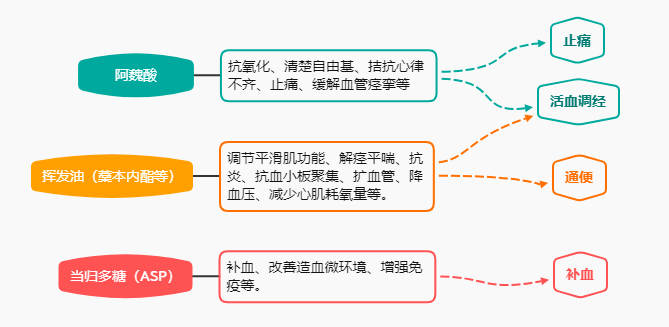
▲ Correlation of Efficacy, Pharmacology, and Effects

Dosage and Administration
Dosage: For internal use: decoction, 6-12g; or in pills, powders; or soaked in wine; or made into a paste.
Precautions: Use with caution in cases of abdominal distension, borborygmi, or diarrhea.

Expert Opinions
1. Ri Huazi in Zhu Jia Bencao states: “Danggui treats all wind, all blood, nourishes all labor, breaks evil blood, nourishes new blood, and is the master of symptoms.”
2. Li Dongyuan in Zhen Zhu Nang Yao Xing Fu: “The head stops bleeding and ascends; the body nourishes blood and guards the center; the tip breaks blood and flows down; the whole activates blood without moving.”
3. Zhang Jingyue in Jingyue Quanshu: Bencao Zheng: “Danggui, its taste is sweet and heavy, thus it specializes in nourishing blood; its qi is light and pungent, thus it can also move blood, nourishing within movement and moving within nourishment, truly a qi herb among blood herbs, also a sacred herb among blood herbs.”
4. Ni Zhumo in Bencao Huiyan: “Shen Ze Shi said: Danggui and Shao can be used together to nourish and astringe blood; Danggui and Xiong can be used together to nourish and supplement blood; Danggui and Shu can be used together to nourish and generate blood.”

Classic Formulas
Four Substance Decoction from Taiping Huimin Heji Ju Fang
Shu Di Huang 12g, Danggui 10g, Bai Shao 12g, Chuan Xiong 8g
(Modern dosages are for reference only)
This formula is used for nourishing blood deficiency and stagnation, commonly used for blood nourishment and menstrual regulation, known as the “sacred formula for gynecology.” Later practitioners have widely modified and applied it, such as for blood deficiency with stasis using Tao Hong Si Wu Decoction, for postpartum headaches using Yufeng Si Wu Decoction, and for both qi and blood deficiency using Ba Zhen Decoction.
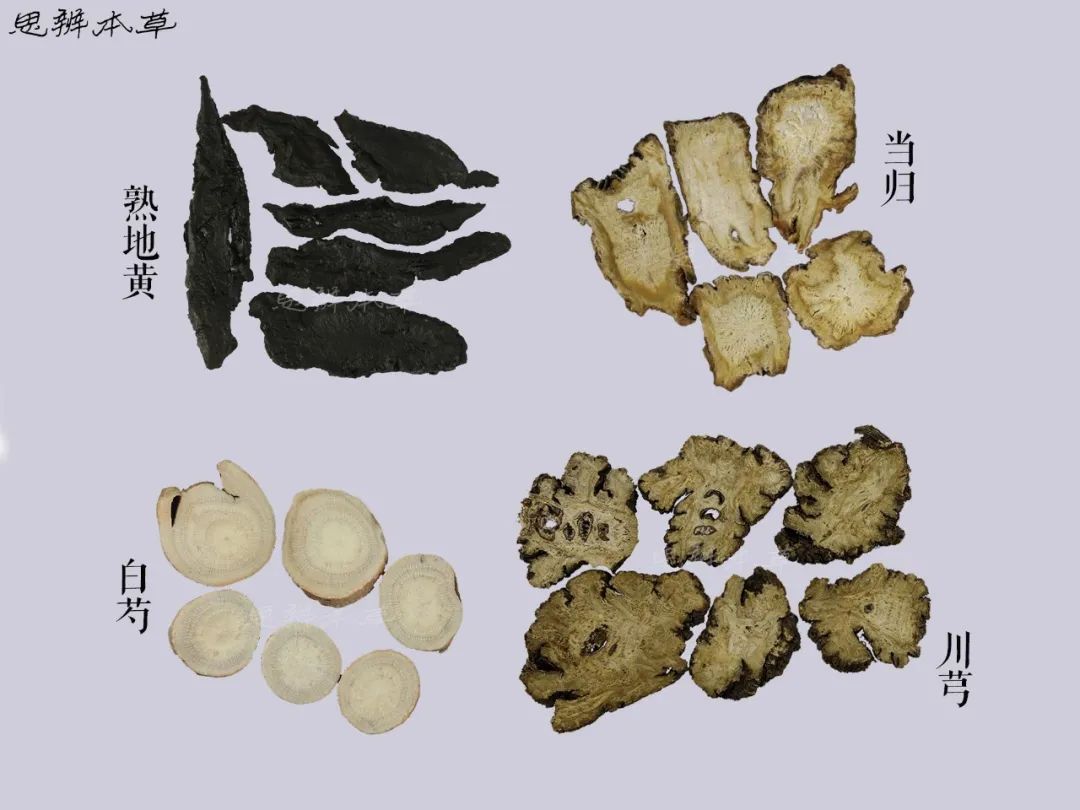
▲ Four Substance Decoction from Taiping Huimin Heji Ju Fang
Wen Jing Decoction from Jinkui Yaolue
Danggui, Shao Yao, Ejiao, Ban Xia, Mai Dong each 9g, Dang Shen 12g, Chuan Xiong, Wu Zhu Yu, Gui Zhi, Mu Dan Pi, Sheng Jiang, Zhi Gan Cao each 6g
(Modern dosages are for reference only)
This formula warms the meridians, disperses cold, nourishes blood, and removes stasis, used for continuous bleeding, menstrual irregularities, and infertility.
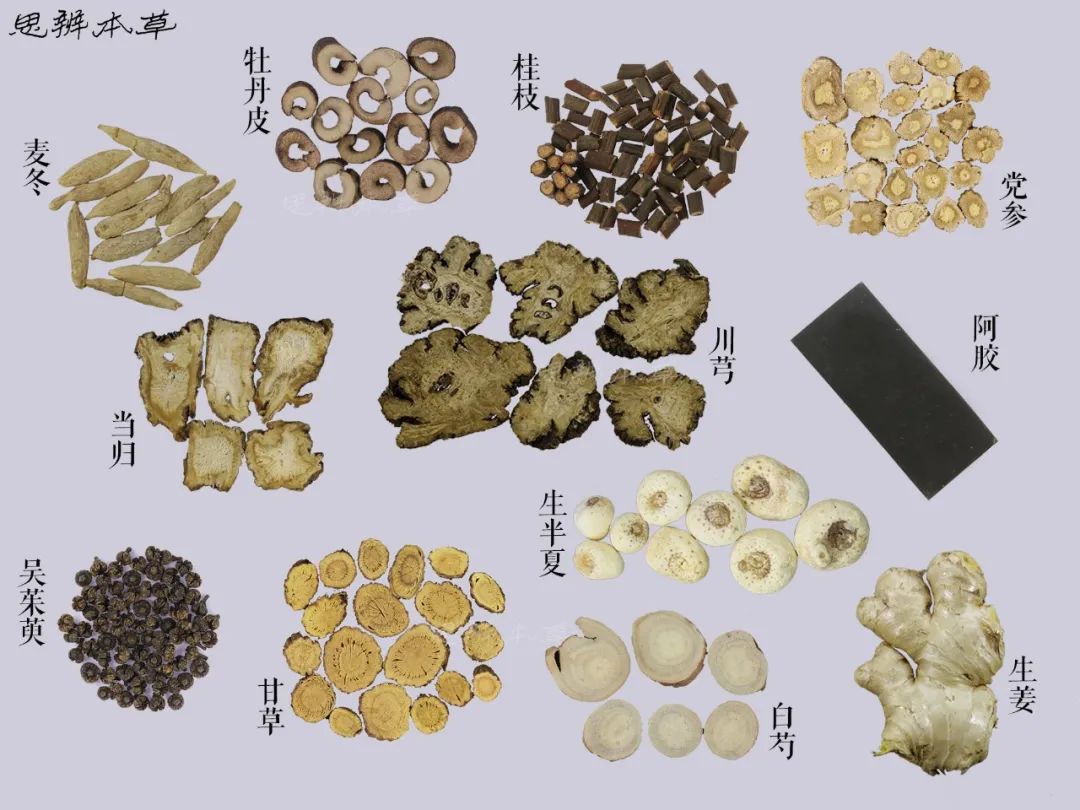
▲ Wen Jing Decoction from Jinkui Yaolue

Clinical Use
1. Danggui can be widely used for symptoms of blood deficiency, such as fatigue, sallow complexion, dizziness, forgetfulness, and constipation caused by blood deficiency. The dosage can be 10-15g, but some patients may experience abdominal distension, excessive gas, or loose stools after taking it, requiring dosage adjustment and appropriate combination with qi-regulating and spleen-strengthening herbs like Chen Pi and Bai Zhu, or using earth-fried Danggui when conditions allow, which can also yield observable clinical efficacy.
2. Danggui is an essential herb for regulating menstruation in gynecology, applicable for menstrual irregularities, dysmenorrhea, and postpartum symptoms caused by blood deficiency or blood stasis, but careful clinical differentiation is necessary for good efficacy. If there is cold, Wen Jing Decoction or Shenghua Decoction can be used with modifications, combined with warming herbs like Rou Gui, Ai Ye, and Wu Zhu Yu; if there is blood stasis, wine-processed Danggui can be used, based on Tao Hong Si Wu Decoction, combined with active blood herbs like Tao Ren, Hong Hua, and Dan Shen; if there is liver qi stagnation, Xiao Yao San can be used, combined with Chuan Xiong and Chai Hu for liver-regulating and qi-moving effects.

Dietary Therapy
Danggui Lamb Soup
Lamb 500g, Danggui 15g, 5 slices of ginger, pepper, and salt to taste.
1. Cut the lamb into pieces, wash clean, and blanch;
2. Add water to a pot and bring to a boil, add all ingredients, and simmer on low heat for 1-2 hours until the lamb is tender, seasoning to taste as desired.
Danggui nourishes and activates blood, while lamb warms and supplements qi and blood, making it particularly suitable for those with physical weakness, cold hands and feet, and abdominal coldness and pain. However, it is not suitable for those with significant dry mouth, bitter taste, or constipation.
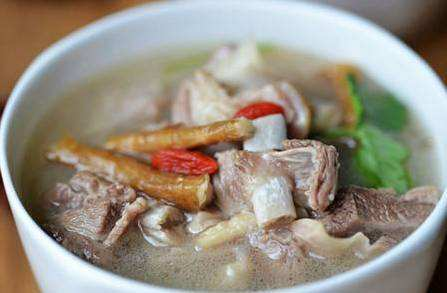
▲ Image Source: Internet
Danggui Chicken Feet:
Fresh chicken feet 250g, Danggui slices 6g, Dangshen slices 9g, bay leaves 2 pieces, a pinch of fennel, goji berries 9g, several red dates, salt to taste.
1. Clean the fresh chicken feet, soak in water for 20 minutes, and wash clean; blanch the chicken feet for 3 minutes and turn off the heat;
2. Rinse the blanched chicken feet under running water; place them back in the pot with water, add prepared Danggui and Dangshen slices, fennel, bay leaves, and salt, and boil for half an hour;
3. Finally, add goji berries, boil for a few minutes, turn off the heat, and let it steep for 1 hour.
Danggui nourishes blood and regulates menstruation, while chicken feet are rich in collagen; together, they can beautify the skin and improve dull complexion, making it very suitable for women.
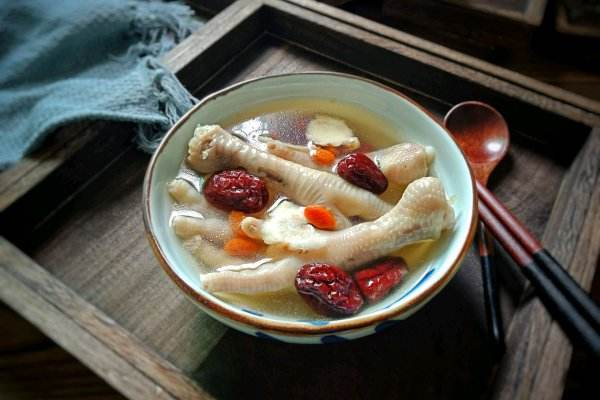
▲ Image Source: Internet
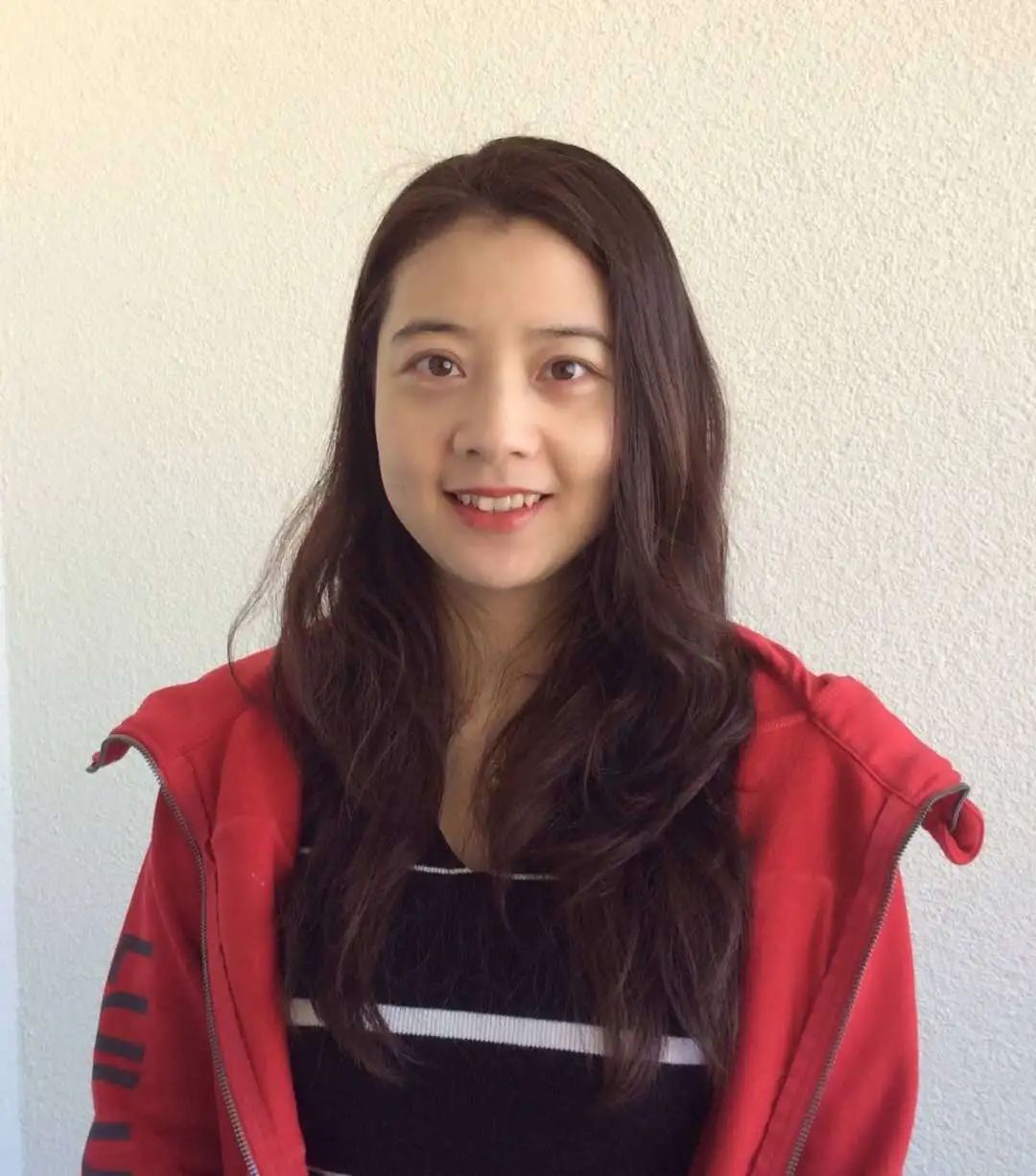
Gu Limei
Attending Physician of Traditional Chinese Medicine, Jiangsu Province Integrated Traditional and Western Medicine Hospital
Graduated from Nanjing University of Chinese Medicine with a seven-year degree in Traditional Chinese Medicine
Currently pursuing a PhD in Medicine
Reviewed by | Zou Lisi
Edited by | Meng Sisi
Planned by | Sibian Bencao Team
References
[1] Jiang Yali, Wang Hui. Research on the Properties and Functions of Danggui [J]. Journal of Traditional Chinese Medicine, 2019, (11).
[2] Compilation Committee of the National Administration of Traditional Chinese Medicine. Chinese Herbal Medicine 5 [M]. Shanghai: Shanghai Scientific and Technical Publishers, 1999.
[3] Ma Qinglin, Wu Guotai, Sun Min, Ren Yuan. Research Progress on the Blood-Nourishing Effect of Danggui [J]. Journal of Gansu University of Traditional Chinese Medicine, 2019, (3).
[4] Zhao Zhongzhen, Xiao Peigen, eds. Contemporary Medicinal Plant Dictionary Volume 1 [M]. Shanghai: Shanghai World Book Publishing Company, 2007.09.
[5] Huang Honghong, Qin Rihong, Liu Xianfu. Analysis of Chemical Components and Pharmacological Effects of Danggui [J]. World Latest Medical Information Abstracts, 2019, (58).
[6] Compilation Committee of the National Pharmacopoeia. Pharmacopoeia of the People’s Republic of China Part 1 [M]. Beijing: China Medical Science and Technology Press, 2020.02.
[7] Zhao Jing; Xia Xiaopei. Current Research Status of Chemical Components and Pharmacological Effects of Danggui [J]. Journal of Clinical Rational Drug Use, 2020, 06:172-174
Copyright Statement
Unless otherwise noted, all images are original and may not be used without authorization.
If there is a need, please leave a message to request the original images.
Previous Recommendations
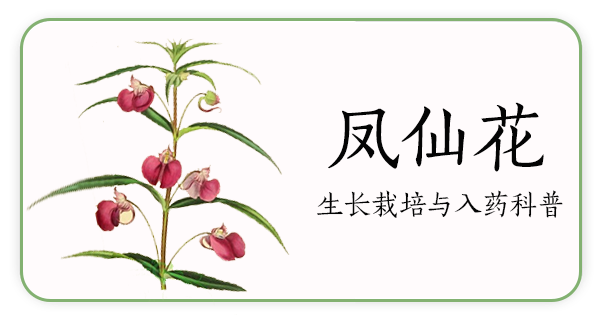
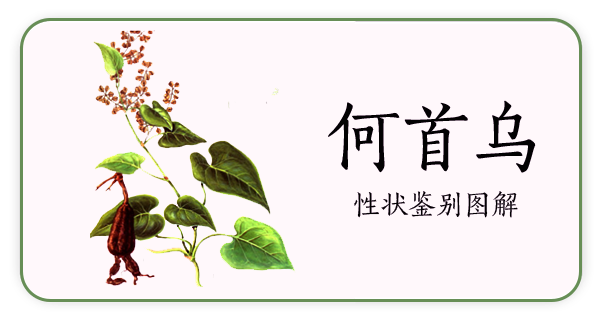
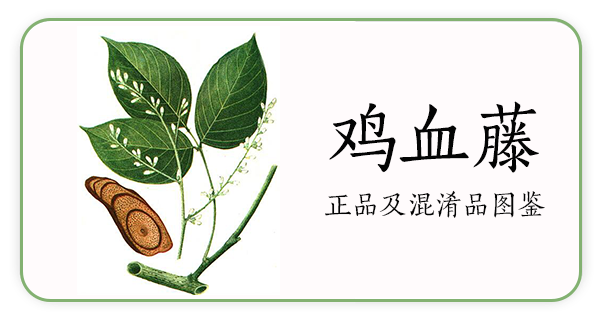
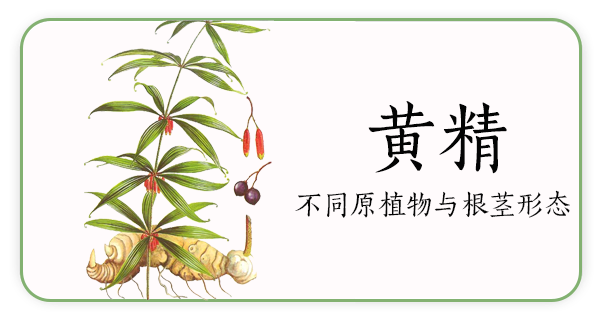
Share
Like

Looking

